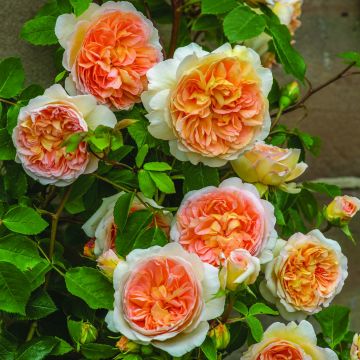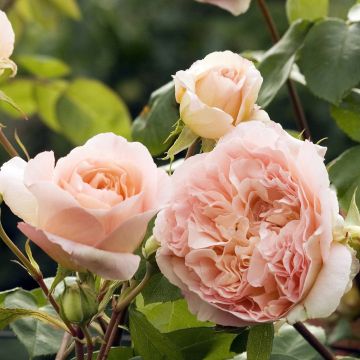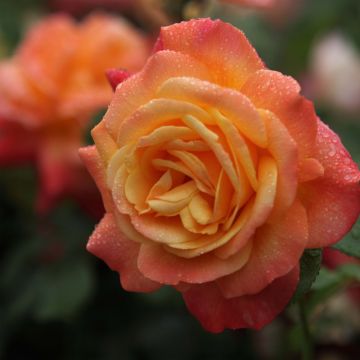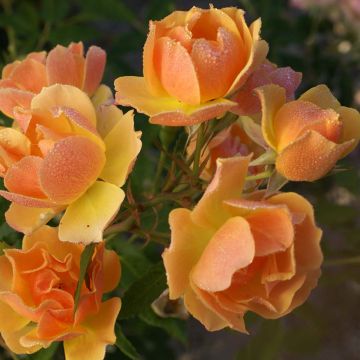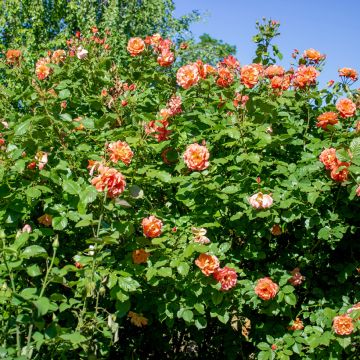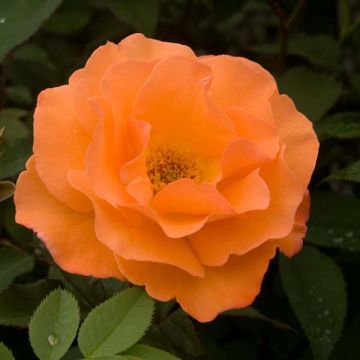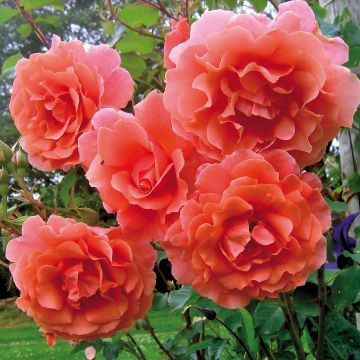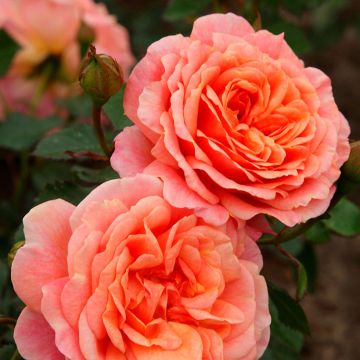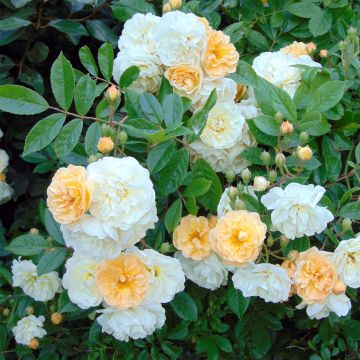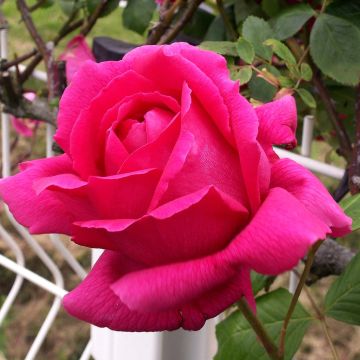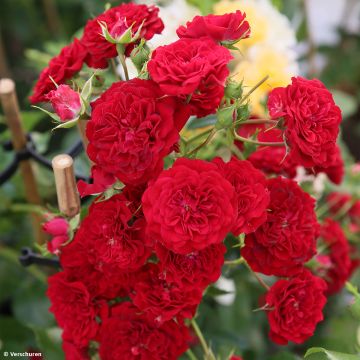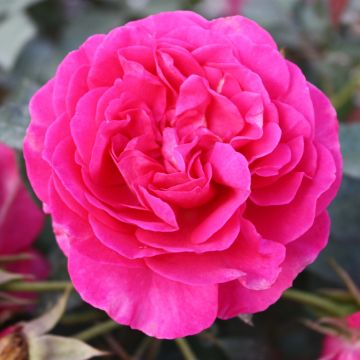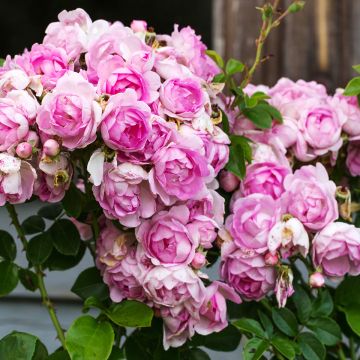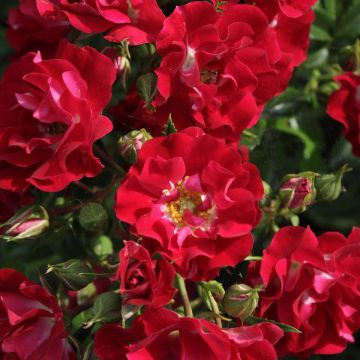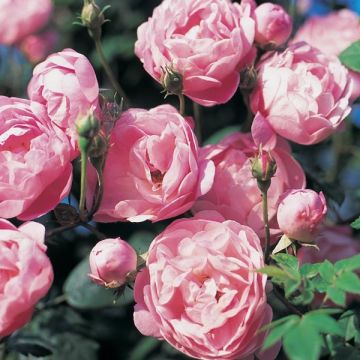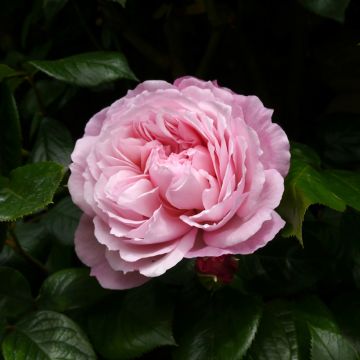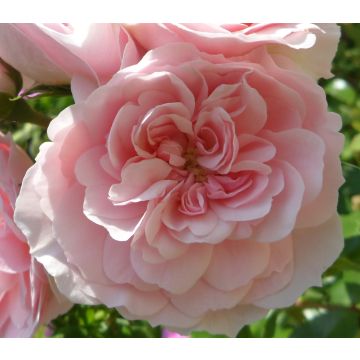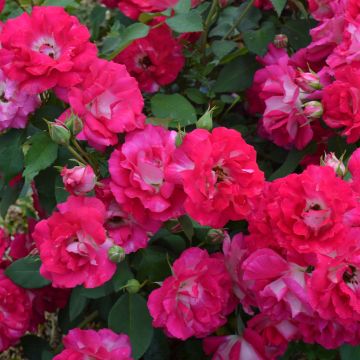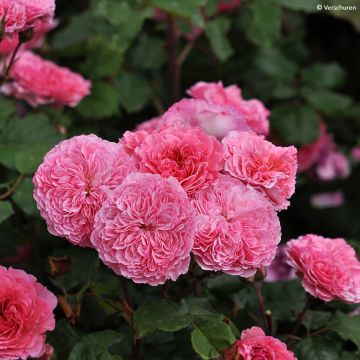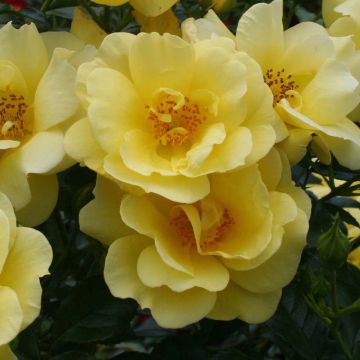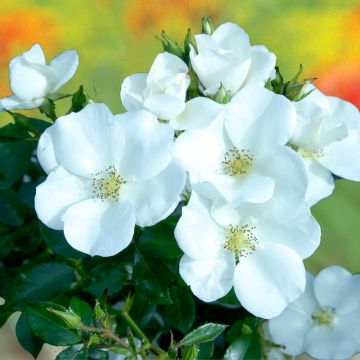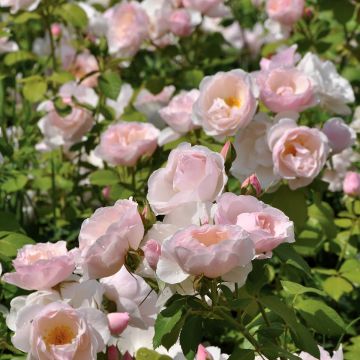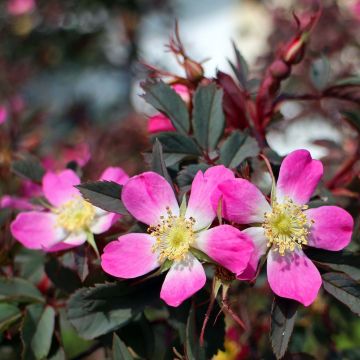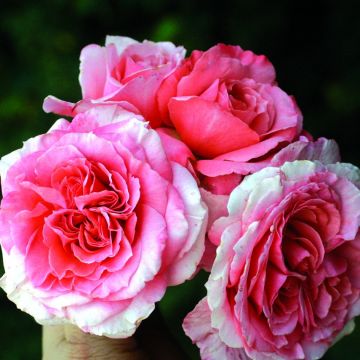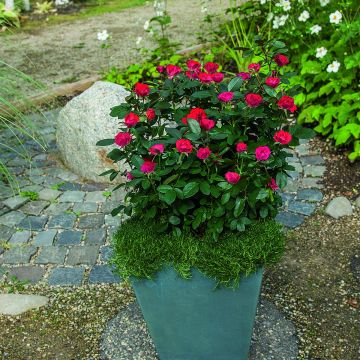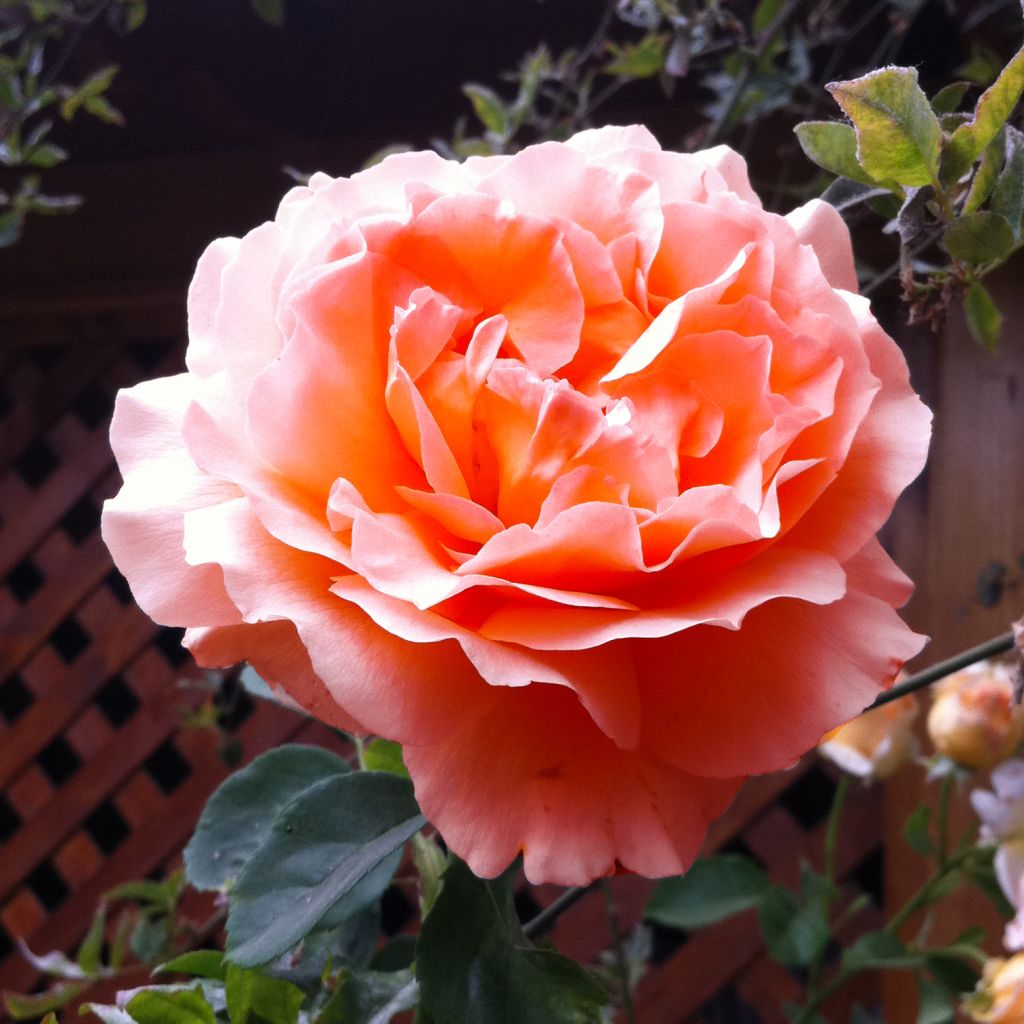

Rosa Polka - Climbing Rose
Rosa Polka - Climbing Rose
Rosa Polka® 'Meitosier'
Rose
Why not try an alternative variety in stock?
View all →This plant carries a 24 months recovery warranty
More information
We guarantee the quality of our plants for a full growing cycle, and will replace at our expense any plant that fails to recover under normal climatic and planting conditions.
From €5.90 for pickup delivery and €6.90 for home delivery
Express home delivery from €8.90.
From €5.90 for pickup delivery and €6.90 for home delivery
Express home delivery from €8.90.
Delivery to Corse prohibited: UE law prohibits the import of this plant from mainland France to Corse as part of the fight against Xylella fastidiosa. Please accept our sincere apologies.
More information

Does this plant fit my garden?
Set up your Plantfit profile →
Description
The Rose Polka (Meitosier) is a vigorous climbing rose whose growth, initially slow, accelerates after 2 to 3 years and then never weakens. It has many charms. Its roses, large and double, shaped in the old-fashioned way, in shades of orange, display a very modern colour, both vibrant and pastel, warm and soft: they are absolutely unique. Very recurrent, slightly fragrant, this rose will quickly become indispensable. It will be enhanced against a facade, on a fence, or in a small tree.
This Rose Polka will reach at least 2.50 m (8ft), even up to 4 m (13ft) in height if the conditions are met and it is not severely pruned. It is a repeat flowering variety that blooms from May-June until the first frost, provided it doesn't lack water. The plant itself is robust, tolerating poor and dry soils fairly well, although this is at the expense of flowering. It produces long, thorny branches, strong enough to support the weight of the flowers. The foliage is very pleasant, composed of leaflets of a bright and shiny green. This foliage, very healthy at the beginning of the season, is still somewhat sensitive to diseases in very wet weather and at the end of the season. The flowering is abundant. The flowers are gathered in clusters. They measure 8 to 12 cm (3 to 5in) in diameter and are composed of 40 to 50 imbricated petals. Their colour is a gradient of soft orange tones: light mandarin orange, apricot, light salmon orange, orange cream. They emit a light fruity fragrance. 'Polka' is capable of flowering throughout the summer, in successive waves, and its autumn regrowth is truly beautiful.
The rose Polka by Meilland can be grown as a climber, but also as a shrub, according to the tastes of each gardener. It creates sumptuous flowering throughout the summer period and requires very little maintenance, except for regular watering in summer in case of high heat and prolonged drought. It will benefit from not being pruned too much. Pair it with another small climbing rose with white flowers, for example Alaska, Climbing Iceberg, Opalia, or associate it with easy-to-grow large-flowered clematis like 'Etoile Violette' or 'Blue River'. This climbing rose 'Polka' can be happily associated with the Westerland rose.
Obtained by Jacques Mouchotte for Meilland, 1991
Report an error about the product description
Rosa Polka - Climbing Rose in pictures
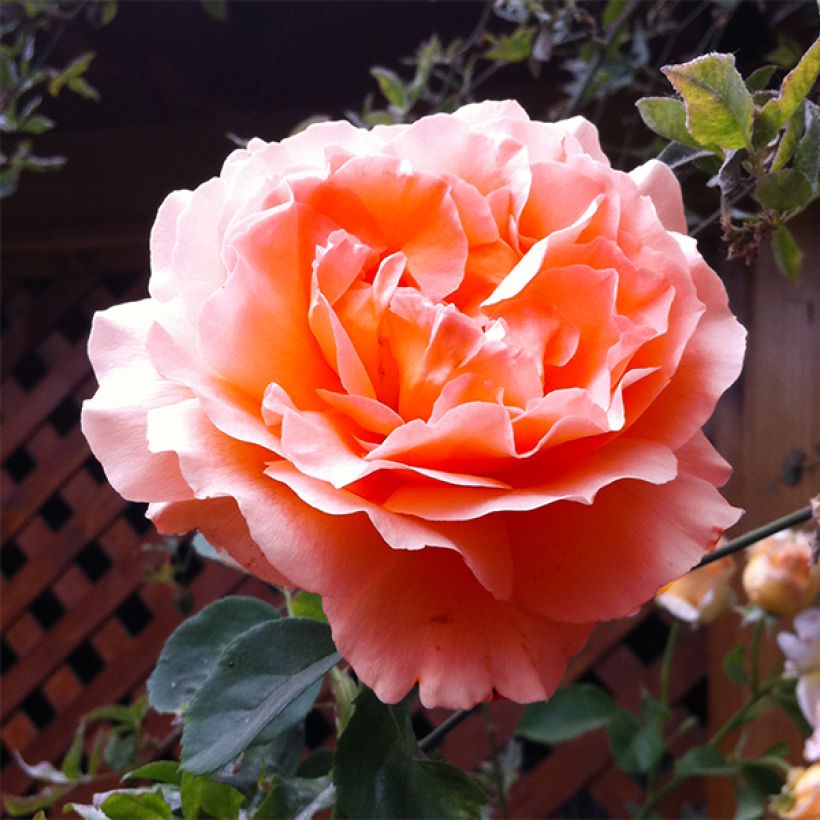

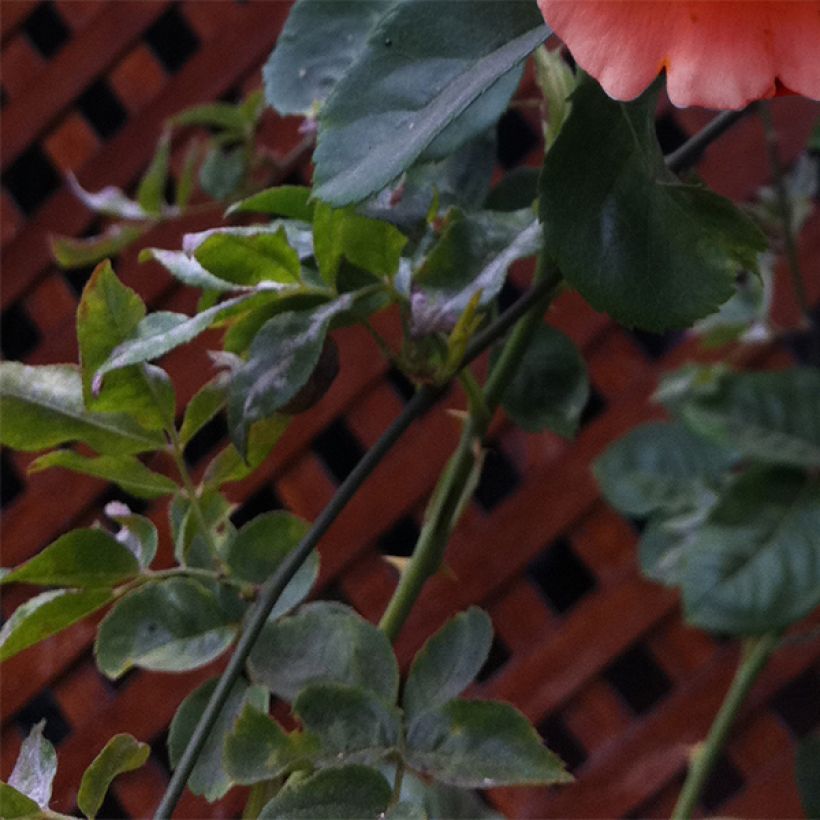

Plant habit
Flowering
Foliage
Botanical data
Rosa
Polka® 'Meitosier'
Rosaceae
Rose
Cultivar or hybrid
Rosa canina Laxa (4L/5L pot, Wrapped bare root)
Other Climbing Roses
Planting and care
Note that this rose Polka blooms just as well in partial shade as it does in full sun. However, be cautious of humidity. Plant your rose in well-worked soil, crumbling the earth well. Place an amendment like bonemeal at the bottom of the planting hole. After planting, water generously to remove any air pockets. In dry weather, regular watering for a few weeks is necessary to encourage rooting. For beautiful flowering, train the branches as horizontally as possible. Pruning of repeat flowering roses should be done at the end of winter. Prune if the size becomes too large, but it is not necessary to cut it back too much. Prune the branches by removing dead wood and unsightly branches. Remove faded flowers as the summer progresses to promote even more abundant flowering.
Roses are often spotted or unsightly at the end of summer, but this is not a problem for their development. These spots are not harmful to the rose; it is a natural phenomenon.
Planting period
Intended location
Care
-
, onOrder confirmed
Reply from on Promesse de fleurs
Roses by purpose
Haven't found what you were looking for?
Hardiness is the lowest winter temperature a plant can endure without suffering serious damage or even dying. However, hardiness is affected by location (a sheltered area, such as a patio), protection (winter cover) and soil type (hardiness is improved by well-drained soil).

Photo Sharing Terms & Conditions
In order to encourage gardeners to interact and share their experiences, Promesse de fleurs offers various media enabling content to be uploaded onto its Site - in particular via the ‘Photo sharing’ module.
The User agrees to refrain from:
- Posting any content that is illegal, prejudicial, insulting, racist, inciteful to hatred, revisionist, contrary to public decency, that infringes on privacy or on the privacy rights of third parties, in particular the publicity rights of persons and goods, intellectual property rights, or the right to privacy.
- Submitting content on behalf of a third party;
- Impersonate the identity of a third party and/or publish any personal information about a third party;
In general, the User undertakes to refrain from any unethical behaviour.
All Content (in particular text, comments, files, images, photos, videos, creative works, etc.), which may be subject to property or intellectual property rights, image or other private rights, shall remain the property of the User, subject to the limited rights granted by the terms of the licence granted by Promesse de fleurs as stated below. Users are at liberty to publish or not to publish such Content on the Site, notably via the ‘Photo Sharing’ facility, and accept that this Content shall be made public and freely accessible, notably on the Internet.
Users further acknowledge, undertake to have ,and guarantee that they hold all necessary rights and permissions to publish such material on the Site, in particular with regard to the legislation in force pertaining to any privacy, property, intellectual property, image, or contractual rights, or rights of any other nature. By publishing such Content on the Site, Users acknowledge accepting full liability as publishers of the Content within the meaning of the law, and grant Promesse de fleurs, free of charge, an inclusive, worldwide licence for the said Content for the entire duration of its publication, including all reproduction, representation, up/downloading, displaying, performing, transmission, and storage rights.
Users also grant permission for their name to be linked to the Content and accept that this link may not always be made available.
By engaging in posting material, Users consent to their Content becoming automatically accessible on the Internet, in particular on other sites and/or blogs and/or web pages of the Promesse de fleurs site, including in particular social pages and the Promesse de fleurs catalogue.
Users may secure the removal of entrusted content free of charge by issuing a simple request via our contact form.
The flowering period indicated on our website applies to countries and regions located in USDA zone 8 (France, the United Kingdom, Ireland, the Netherlands, etc.)
It will vary according to where you live:
- In zones 9 to 10 (Italy, Spain, Greece, etc.), flowering will occur about 2 to 4 weeks earlier.
- In zones 6 to 7 (Germany, Poland, Slovenia, and lower mountainous regions), flowering will be delayed by 2 to 3 weeks.
- In zone 5 (Central Europe, Scandinavia), blooming will be delayed by 3 to 5 weeks.
In temperate climates, pruning of spring-flowering shrubs (forsythia, spireas, etc.) should be done just after flowering.
Pruning of summer-flowering shrubs (Indian Lilac, Perovskia, etc.) can be done in winter or spring.
In cold regions as well as with frost-sensitive plants, avoid pruning too early when severe frosts may still occur.
The planting period indicated on our website applies to countries and regions located in USDA zone 8 (France, United Kingdom, Ireland, Netherlands).
It will vary according to where you live:
- In Mediterranean zones (Marseille, Madrid, Milan, etc.), autumn and winter are the best planting periods.
- In continental zones (Strasbourg, Munich, Vienna, etc.), delay planting by 2 to 3 weeks in spring and bring it forward by 2 to 4 weeks in autumn.
- In mountainous regions (the Alps, Pyrenees, Carpathians, etc.), it is best to plant in late spring (May-June) or late summer (August-September).
The harvesting period indicated on our website applies to countries and regions in USDA zone 8 (France, England, Ireland, the Netherlands).
In colder areas (Scandinavia, Poland, Austria...) fruit and vegetable harvests are likely to be delayed by 3-4 weeks.
In warmer areas (Italy, Spain, Greece, etc.), harvesting will probably take place earlier, depending on weather conditions.
The sowing periods indicated on our website apply to countries and regions within USDA Zone 8 (France, UK, Ireland, Netherlands).
In colder areas (Scandinavia, Poland, Austria...), delay any outdoor sowing by 3-4 weeks, or sow under glass.
In warmer climes (Italy, Spain, Greece, etc.), bring outdoor sowing forward by a few weeks.

































